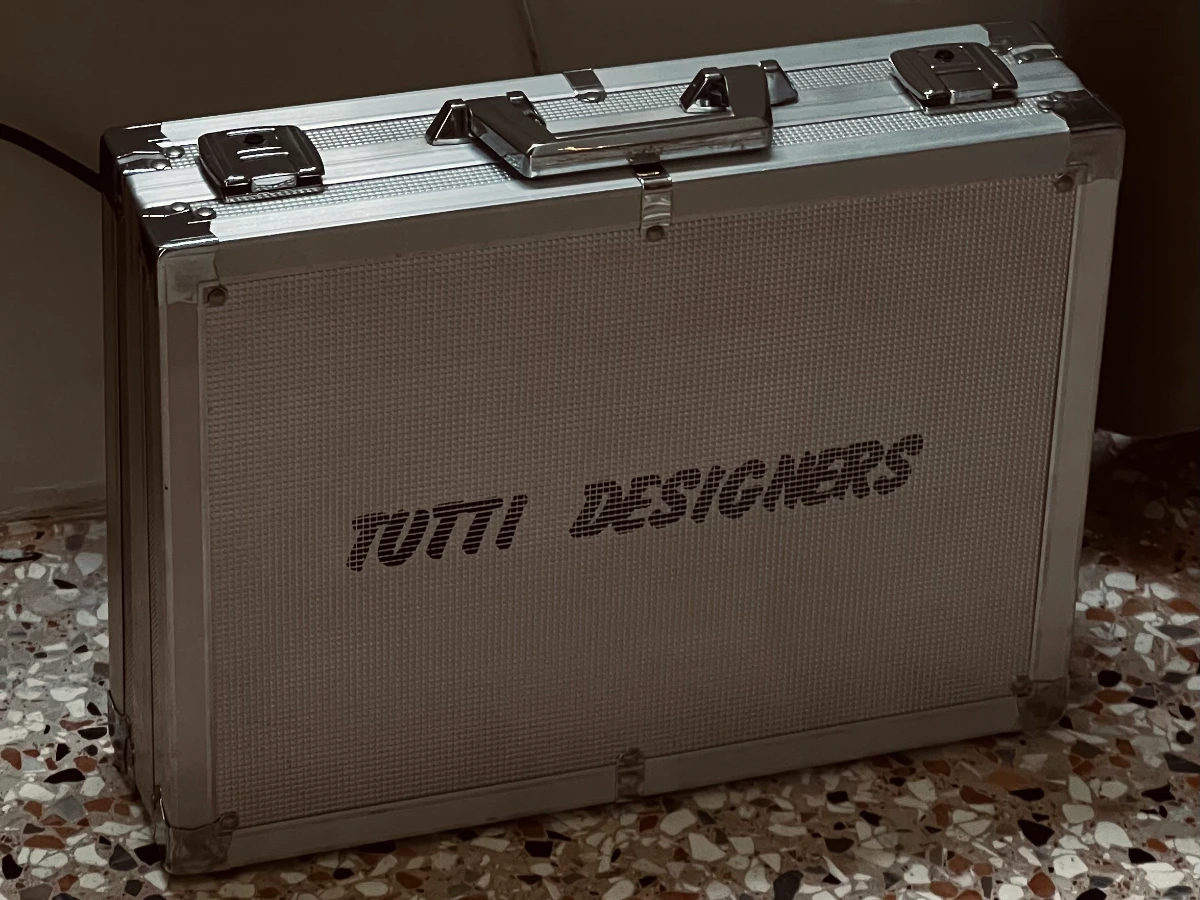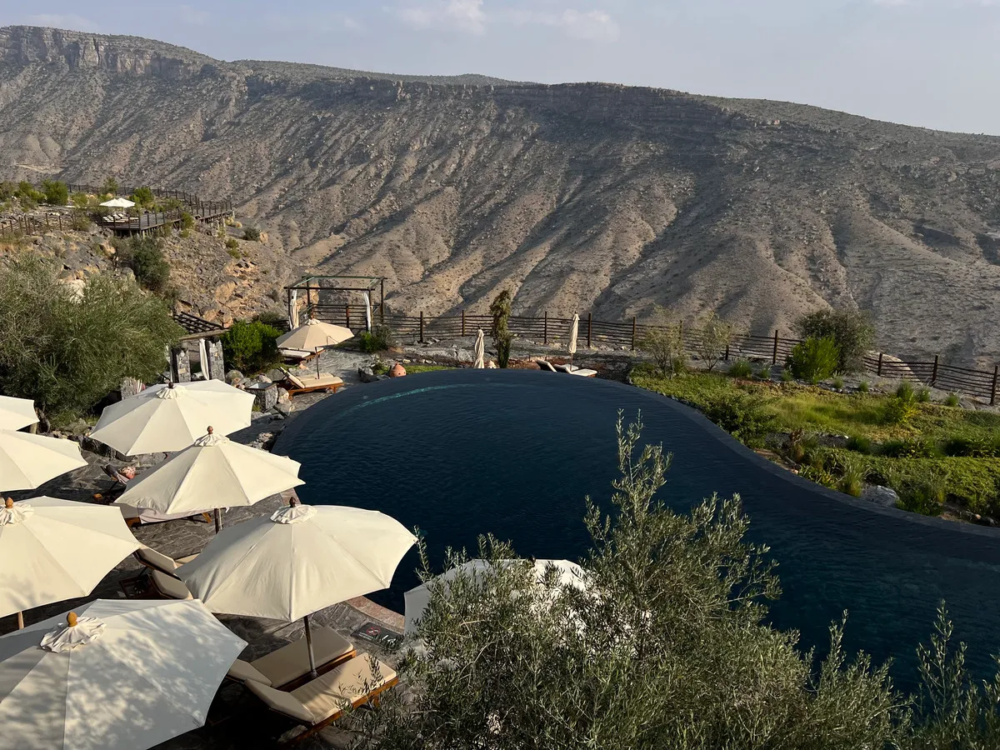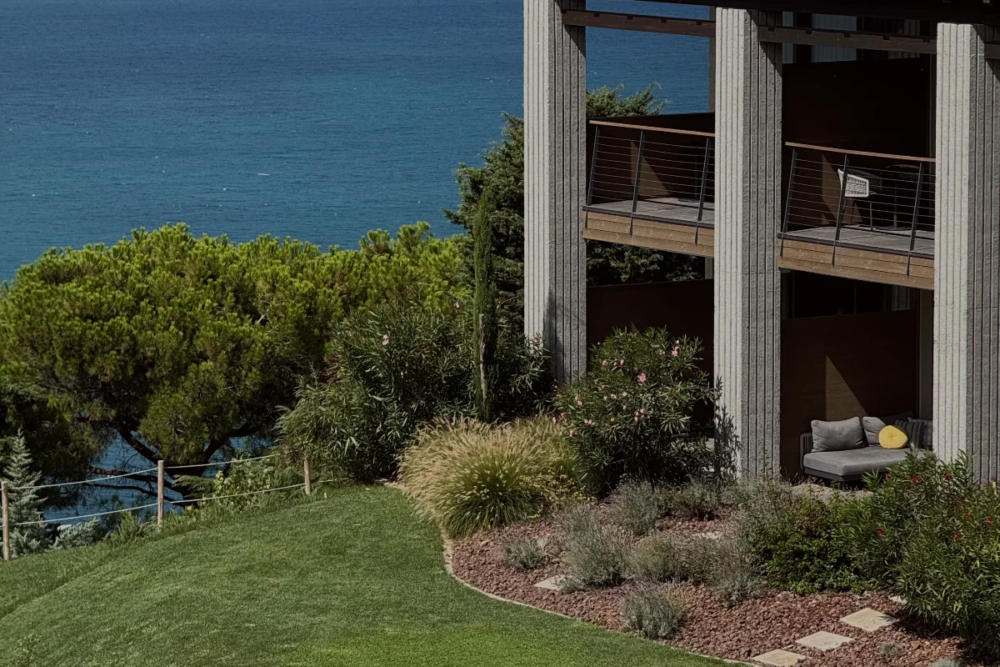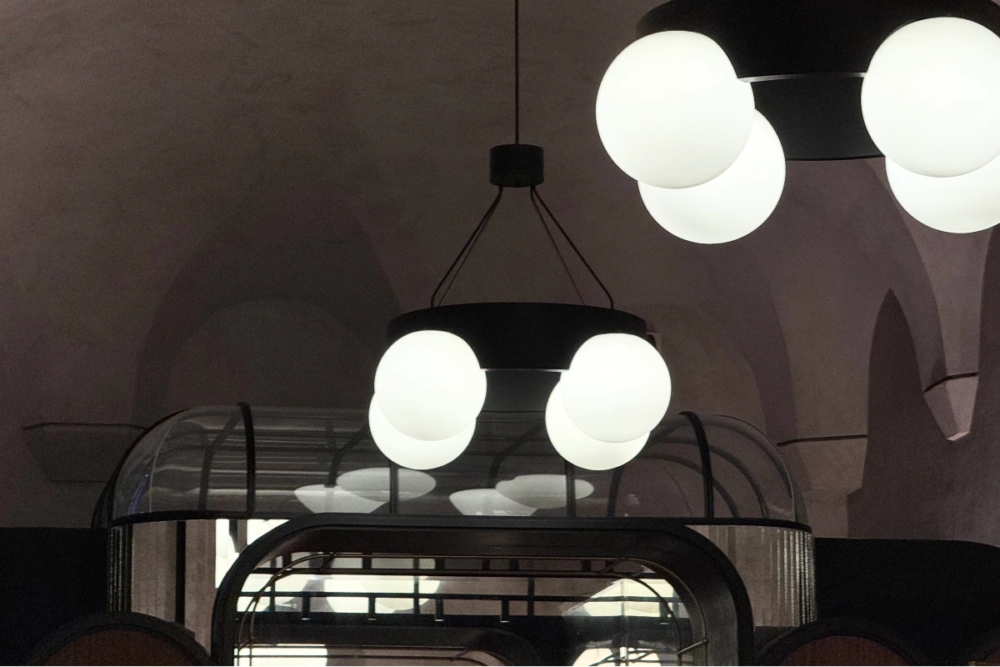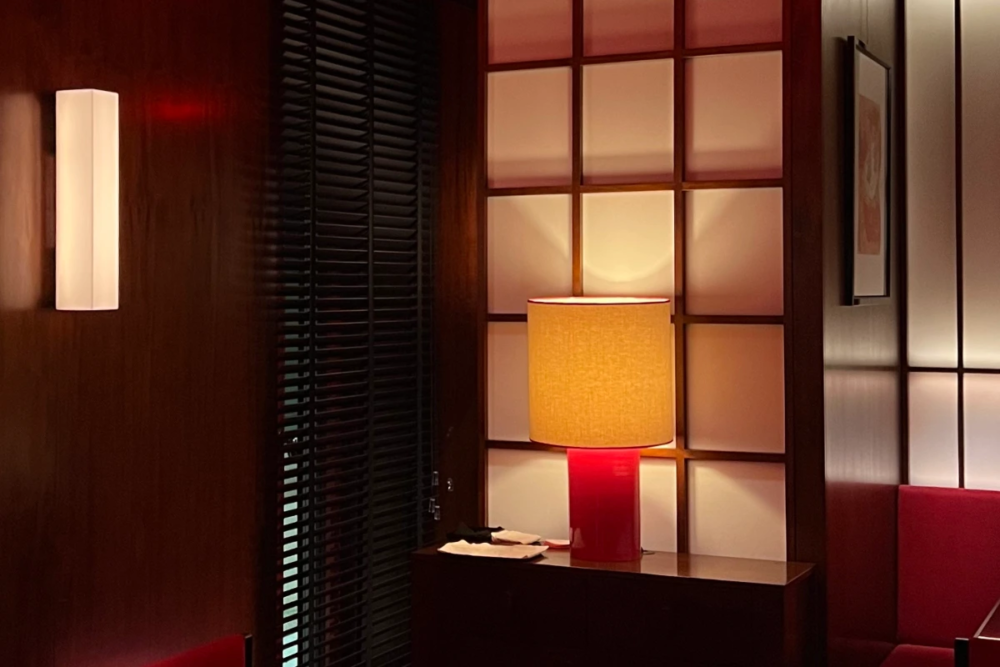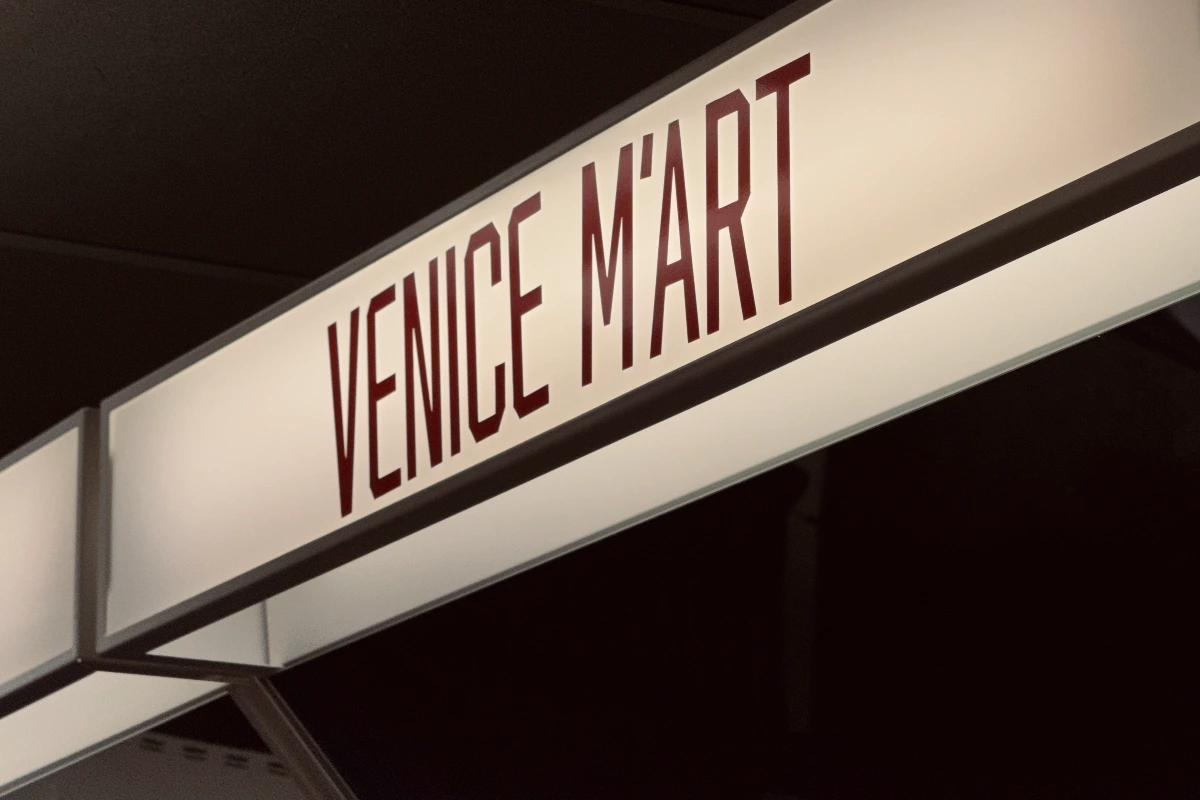
The Venice Venice Manifesto: Creating Value That Grows Over Time
Alessandro and Francesca Gallo reveal their transformative vision for Venice—melding historical roots and futuristic invention, honoring craftsmanship and sustainability
The Venice Venice is a declaration of intent for the future of Venice. Interview with Alessandro and Francesca Gallo
“Our aim is to create things of lasting value—just like Venice itself, which stands on foundations driven into the mud more than a thousand years ago. The signs of use on an object tell a personal story. It’s a tangible approach to sustainability in a city like Venice, where many ‘green’ solutions—electric taxis, solar panels—aren’t feasible due to historical and landscape constraints,” share Alessandro and Francesca Gallo, the souls behind The Venice Venice. Every aspect of this project embraces permanence and avoids the constant replacement of furniture or décor.
Founders Alessandro and Francesca Gallo have brought to life the concept of “Postvenezianità,” an artistic and cultural movement that looks to the Venice of tomorrow, while grounded in its thousand-year-old heritage. This aesthetic avant-garde welcomes the fusion of high and low, tradition and innovation, restoration and experimentation. The Venice Venice Hotel embodies the idea that Venice is not only a city of Gothic and Renaissance palaces, but also a metropolis that has always known how to reinvent itself.
The hotel’s symbolic motif is a rose—derived from a work by Jannis Kounellis. The rose promises beauty and love for Venice. It pursues harmony by uniting contrasts, celebrating cultural fusion as a path to truth. Its philosophy embraces the freedom of seeming contradictions as a creative method and elevates aesthetics as a boundary of functionality.
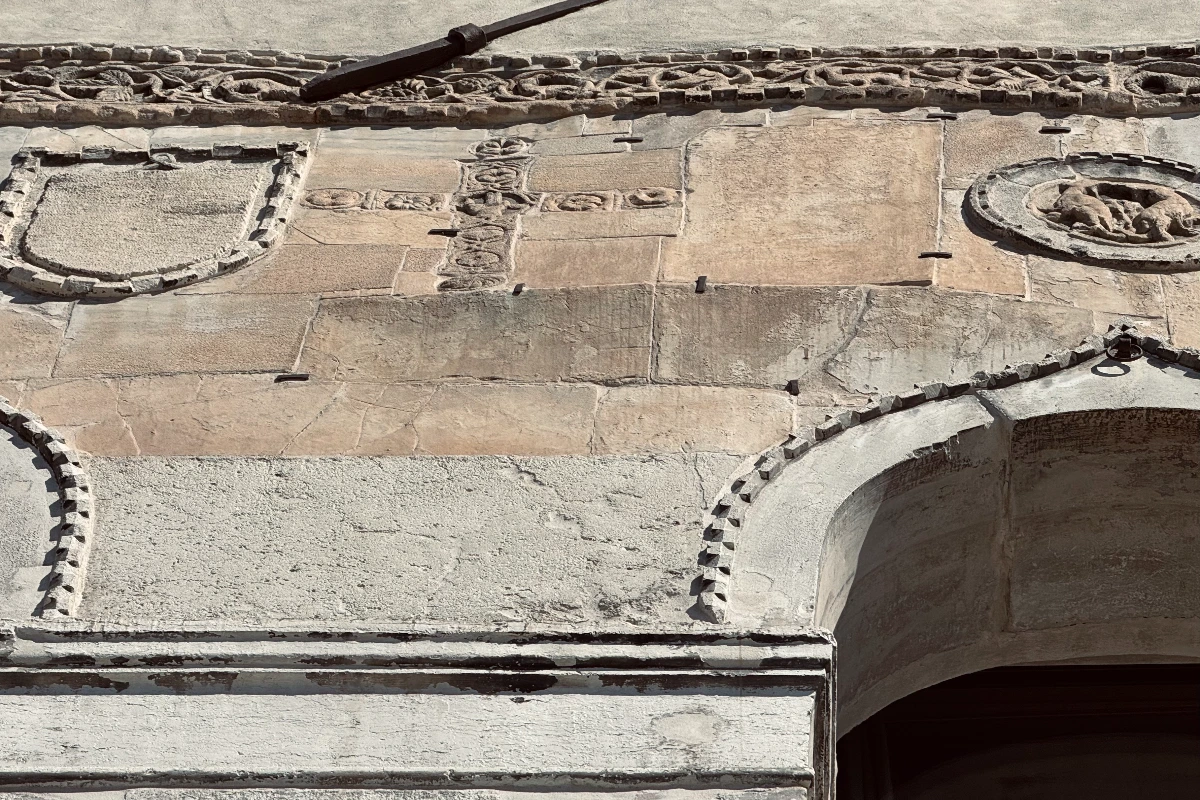
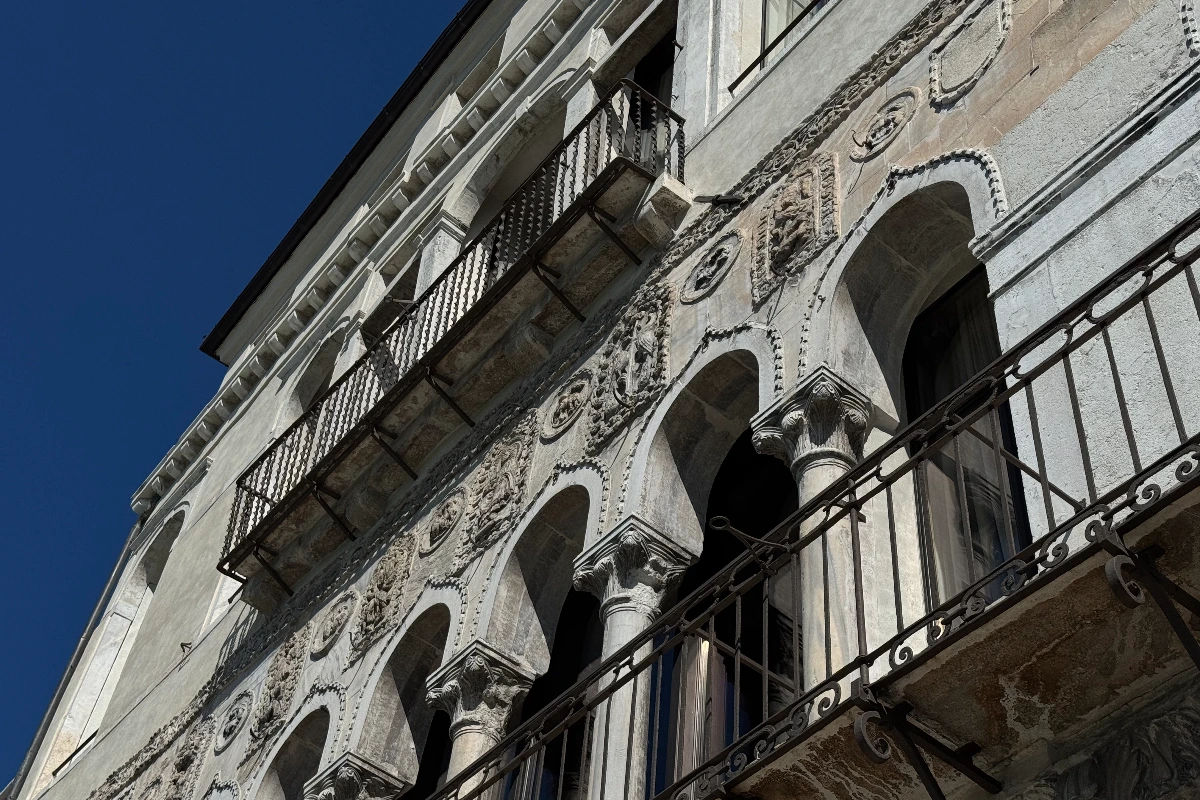
Discover Ca’ da Mosto: One of Venice’s Oldest Palaces
Opened in February 2022, The Venice Venice Hotel occupies around 6,000 square meters within Ca’ Da Mosto—one of the oldest palaces in the city. Dating back to the 13th century, Ca’ Da Mosto initially served as the private home of the Da Mosto family, whose origins may lie in Padua or Oderzo near Treviso. The Da Mostos were wealthy, joining the Venetian patriciate in 1245 as part of the so-called “Case Nuove.” One notable family member, Alvise Da Mosto, journeyed to Africa in the 13th century.
Over time, the Da Mostos faced financial difficulty and sold the palace, which then became one of Venice’s earliest hotels. From the 17th to the 19th century, Ca’ Da Mosto housed the “Leon Bianco” hotel—renowned for hosting Emperor Franz Joseph II and the Hereditary Princes of Russia. After shutting its doors, Ca’ Da Mosto lay abandoned for decades.
The Final Hotel License in Venice: A Unique Opportunity
“Our hotel holds the last hospitality license granted in Venice prior to the city council’s decision to freeze new authorizations—a step in curbing the proliferation of B&Bs that were displacing local residents,” explain Alessandro and Francesca Gallo, describing the origins of the project. “We’re talking about two connected buildings, and it took years to consolidate them under a single ownership. Portions belonged to different proprietors—often noble families—who could no longer afford the high cost of maintenance. Over time, they sold off the buildings piece by piece.”
“At first, we purchased a small section as a simple real estate investment, which proved successful. From there, further acquisitions allowed us to reunify an entire palace. Meanwhile, this other building—left abandoned for fifty years—was the first stone structure built on the Grand Canal. Its façade was so compromised that it risked falling into the canal. Though in disrepair, it was also the only surviving example of Veneto-Byzantine architecture. Apart from the façade of Basilica di San Marco, it was considered one of Venice’s historical architectural landmarks. We feared an international investor might buy it and create a project that repeated something seen elsewhere, risking the palace’s authenticity.”
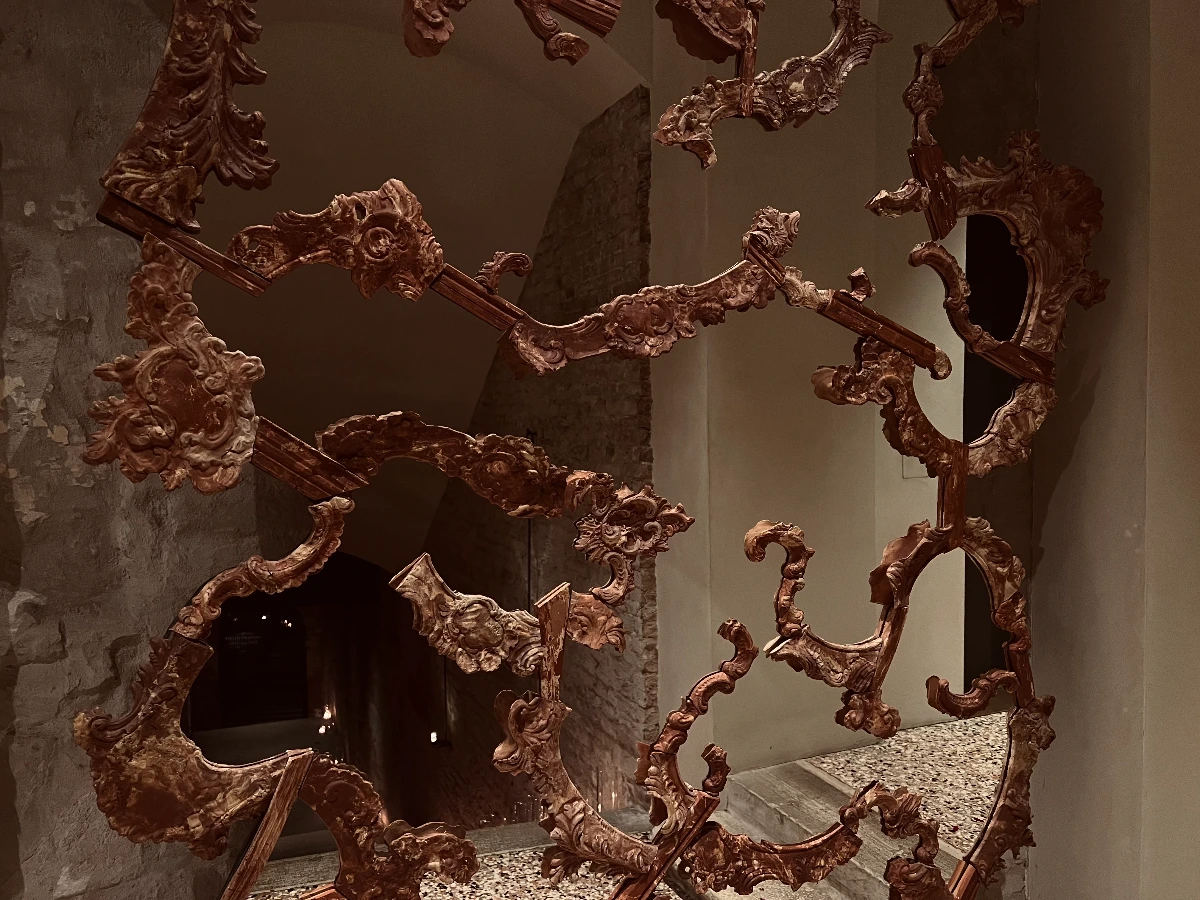
From Golden Goose to Hospitality: The Gallo Family’s Vision
The Venice Venice project is a natural evolution of a fashion journey begun 25 years ago, when Alessandro and Francesca, then in their twenties, launched Golden Goose—driven by their passion for art, music, design, fashion, and architecture. “We didn’t follow the typical route into the fashion industry,” they recall. “When we showed our creations at a trade fair in Paris in 2001, we had no idea we were supposed to present the next season’s collection. We brought what we had. We were surrounded by major brands previewing items available six months later, but we were ready to produce and deliver immediately. That approach was a success.”
Golden Goose grew within the fashion world, but the couple still yearned to explore other forms of expression. When they had the chance to purchase part of Ca’ Da Mosto, they asked themselves: “What physical setting would allow us to share every facet of our creativity?” Hospitality was the answer—a space where they could combine fashion, food, music, art, design, and lifestyle. They named it The Venice Venice, with the ambition to create similar hospitality “treasure chests” in major cities worldwide, always incorporating Venetian cultural roots into the local artistic scene. After all, Venice has long been an open, avant-garde city, bringing and receiving culture throughout the centuries.
Carlo Scarpa and the Water Element: Inspiration for The Venice Venice
A tribute to visionary architect Carlo Scarpa greets guests arriving by boat. Known for bridging local Venetian culture with Eastern influences, Scarpa embodied the spirit of modernity and avant-garde. Visitors step into a lobby featuring layered geometric sections—elevated architectural “tiles” above the water—leading to a staircase and the reception area. “By bringing the (purified) canal water indoors, light reflects around the space, climbing the stairs and illuminating the upper floors,” note the Gallos. “Throughout the day, sunlight permeates the interior, from early morning to sunset. We’ve chosen materials that harmonize with these constant water reflections.”
In this theatrical yet museum-like setting stands a sculpture by Fabio Viale: a reimagining of the Pietà, in which Mother and Son are separated. “Every object here feels like it’s entering our personal home. We don’t choose pieces based on market value; we pick them for aesthetic and conceptual coherence.”
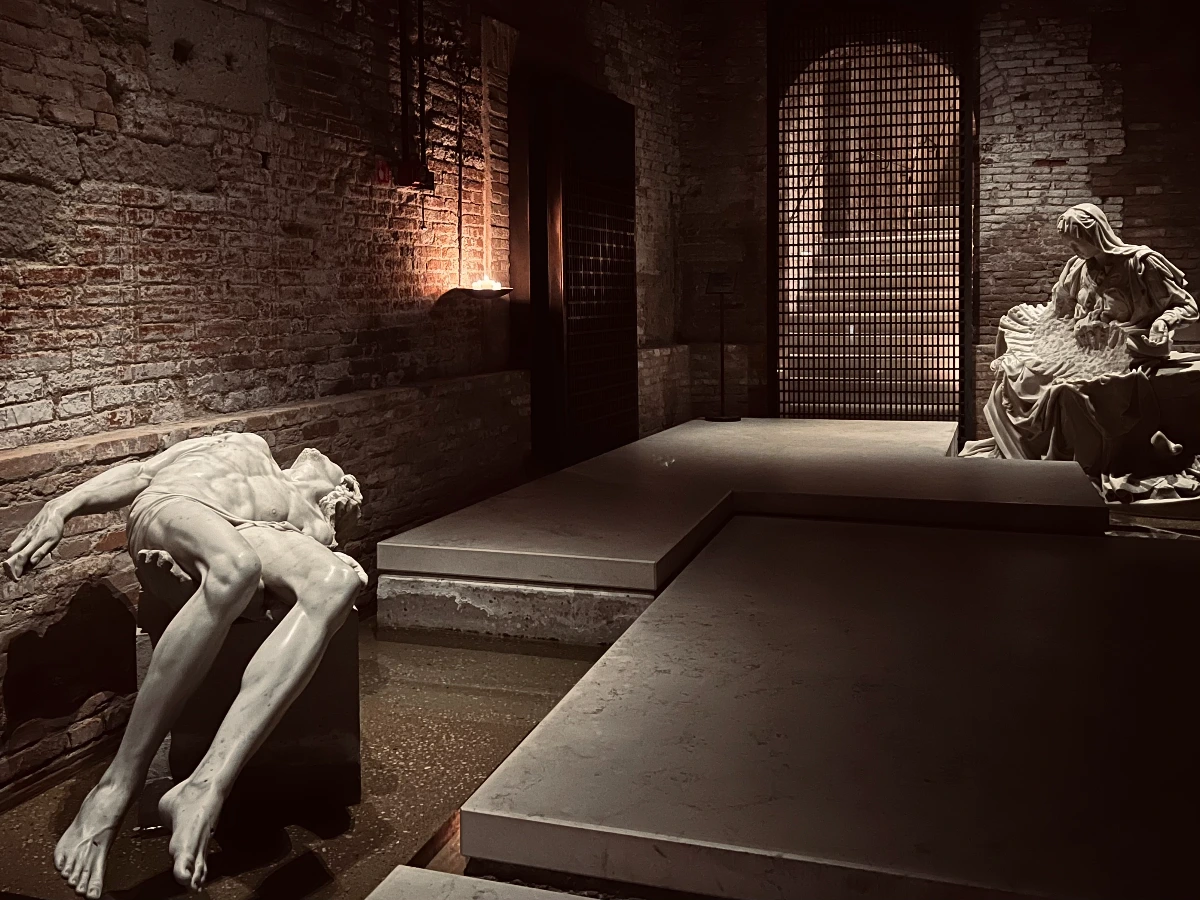
Venice M’Art: Where Art, Fashion, and Culinary Traditions Meet
On the ground floor lies Venice M’Art, a playful name evoking both art and cosmic exploration of new dimensions. This space stretches from the courtyard to the water. “We’ve created a true artistic path,” they explain. “We don’t pretend to teach anything, but we want to spark curiosity and inspire people to learn more.”
This cutting-edge area unites art, fashion, design, and gastronomy, showcasing a curated selection of artworks, designer objects, and unique souvenirs that reflect the city’s artistic soul. The project extends beyond the palazzo walls: after passing the flower-filled courtyard, visitors will find another store in the neighboring building’s sottoportego. Styled like a classic Italian “alimentari,” it replaces refrigerated groceries with sneakers. The “deli” counter displays M’Art-branded dish sets, mugs, stationery, and apparel accessories.
Venice M’Art embodies the Postvenezianità ethos by merging Venice’s historical traditions with a bold, futuristic outlook. Hotel guests and visitors alike can discover unique collaborations—such as limited-edition Golden Goose sneakers or a specially customized Bialetti Moka pot—along with rare pieces from niche brands. The adjacent restaurant, Venice M’Art, is open to the public. At lunch, guests can expect a casual menu, while dinner offers an elegant atmosphere. Reviving the area’s original spirit as a commercial exchange hub on the Grand Canal, Venice M’Art features an artistic journey and concept store reminiscent of Ca’ Da Mosto’s early days, when the ground floor stored goods for Venice’s bustling international trade. Today, ideas, music, and artwork take the place of merchandise, ensuring a continuous blend of disciplines.
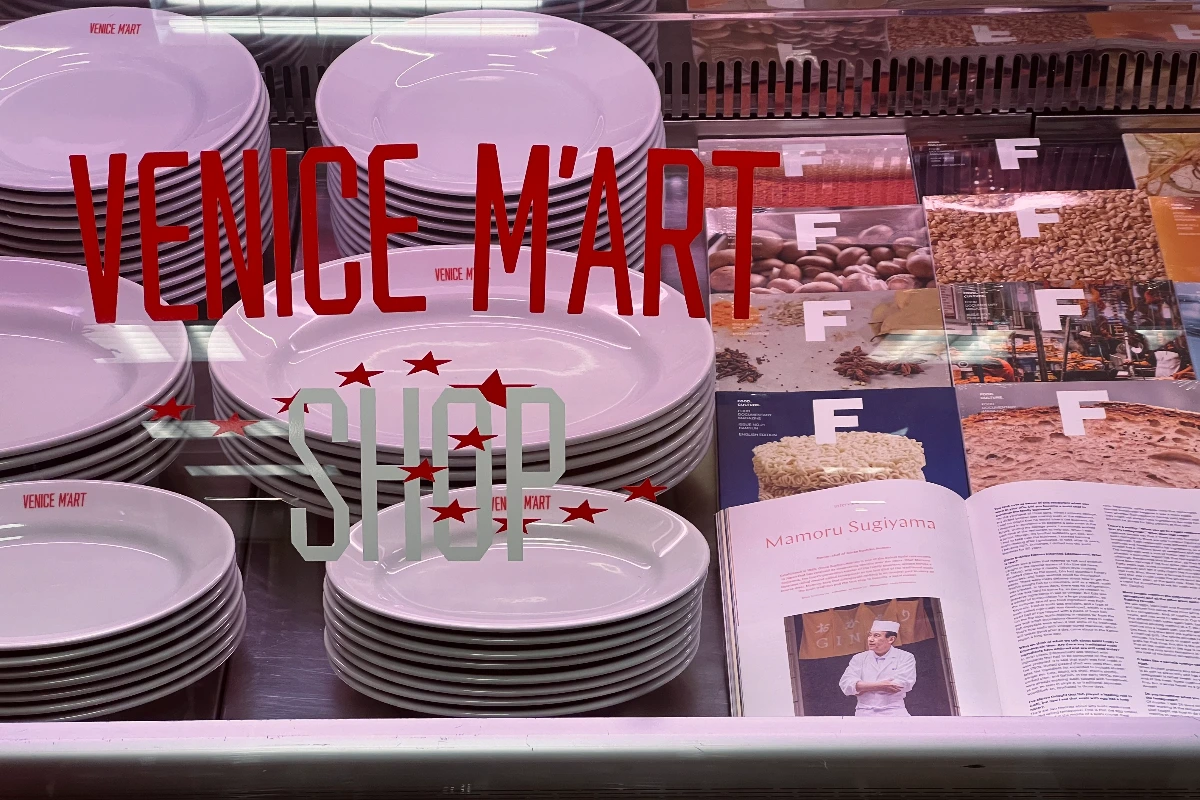
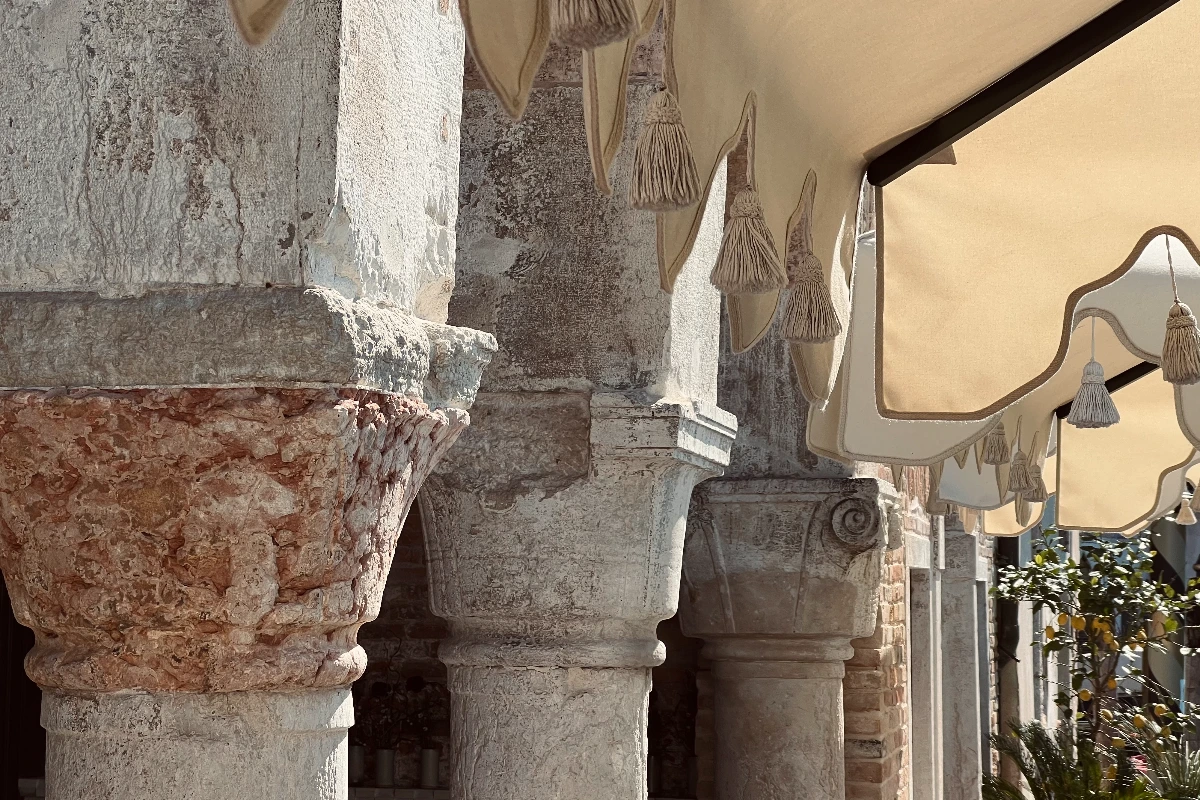
An Immersive Artistic Journey: Collaborations Inside The Venice Venice
Art and design collaborations shape the immersive environment of The Venice Venice, spanning Arte Povera to Radical Architecture, Visual Poetry to international Fluxus, and international design statements reinterpreting iconic Venetian elements. The historic Byzantine façade, brass windows, and painstakingly restored staircase converse with installations and works by Gilberto Zorio, Christo, Arnulf Rainer, Fluxus artists, and others. Curated by Bianca Bonaldi, the collection highlights the eclectic spirit of Postvenezianità.
One notable example is Francesco Simeti’s wall piece in the first-floor bar—an interpretation of 18th-century tapestries in Gobelin-style fabric woven on a jumbo jacquard loom. It features contemporary floral motifs among Baroque curls, lions, and drapery. You’ll also see works by Pol Polloniato, Igor Mitoraj, and photographs by Renato D’Agostin. Entire sections are devoted to movements such as Fluxus and Visual Poetry, while others focus on Arte Povera with works by Jannis Kounellis, Zorio, Fabro, and Boetti; Conceptual Art with Hanne Darboven; and Radical Architecture from Superstudio to Gruppo 9999.
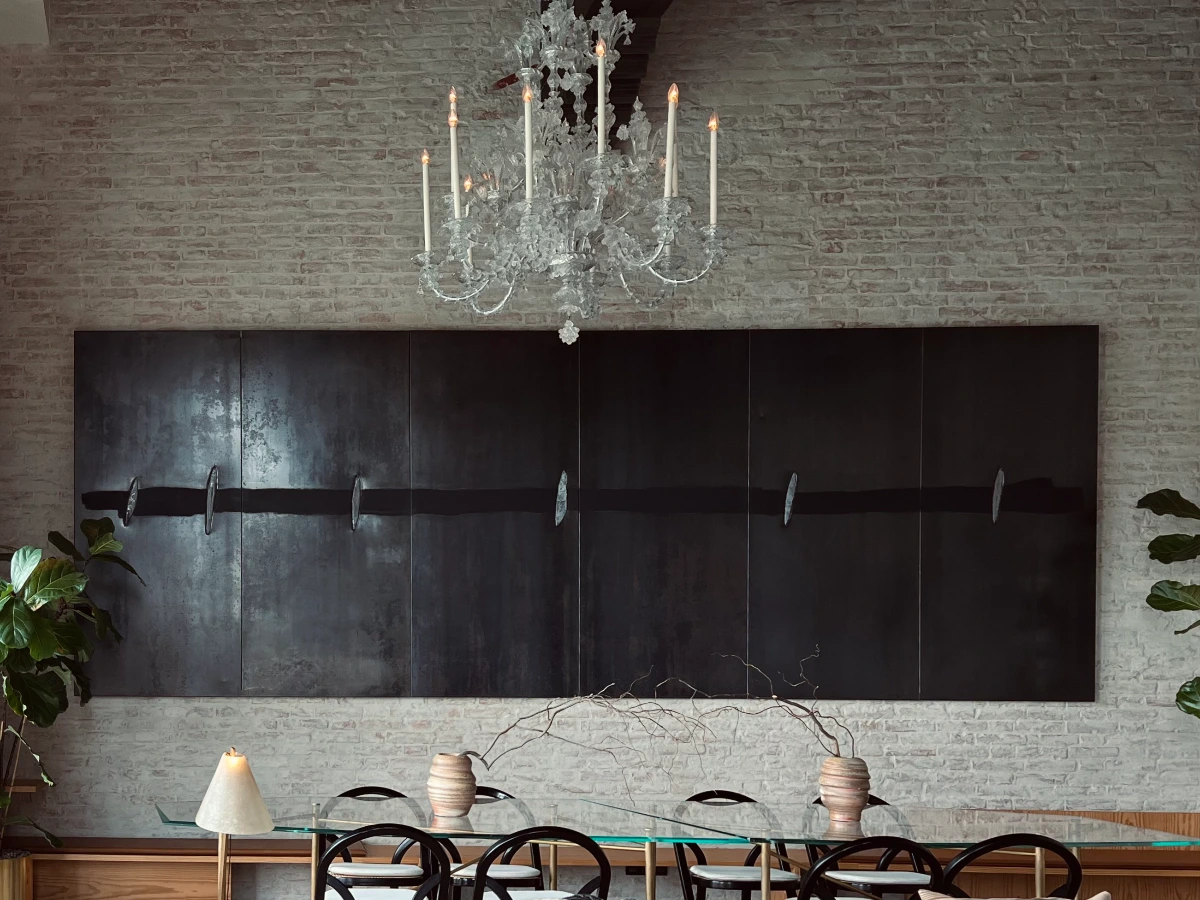
Bianca Bonaldi curates the Hotel’s Art Collection
Inside room 23, a large piece by Gilberto Zorio commands attention: “Zorio’s primary element is the star,” explains Alessandro Gallo. “Here, it’s crafted from Stromboli sand and fluorescent materials. In the early days, the fluorescence glowed brightly, but it has faded over time—a hallmark of Arte Povera, where certain elements have an intentional, limited lifespan.”
Ninety percent of the objects within The Venice Venice—staff uniforms, light switches, windows, beds, sofas—were designed by Alessandro and Francesca. “Our idea is that guests can purchase any part of this experience and bring it home. The only challenge might be having enough space! Today’s travelers want to invest in places where they feel a personal connection to the concept. Our ‘conversion rate’ is extremely high: about 80% of our guests end up taking home a piece of hotel design. It means they identify with our vision.”
For instance, in collaboration with Carl Hansen & Søn, they revisited one of the brand’s most iconic chairs for the first time in 120 years: “We produced 200 units featuring a backrest coated in liquid brass. The chair is designed so you can move freely—like a conversation chair, without restrictions. It’s also famously lightweight and assembled without screws or metal parts—except, of course, for the brass in this special series.”
Almost everything here is a creative experiment. Even the televisions—difficult to integrate aesthetically—are custom-made. “We wanted a classic Bang & Olufsen model that’s no longer in production, but with modern technology inside,” Gallo explains. “The company agreed on the condition it wouldn’t be sold. So it’s the only thing in the entire hotel that you can’t buy.”
They applied the same approach to typically unappealing hotel amenities. “A luggage rack is usually hidden away, but here it becomes a multifunctional design element. Some guests even use it as an ice bucket stand to chill champagne.”
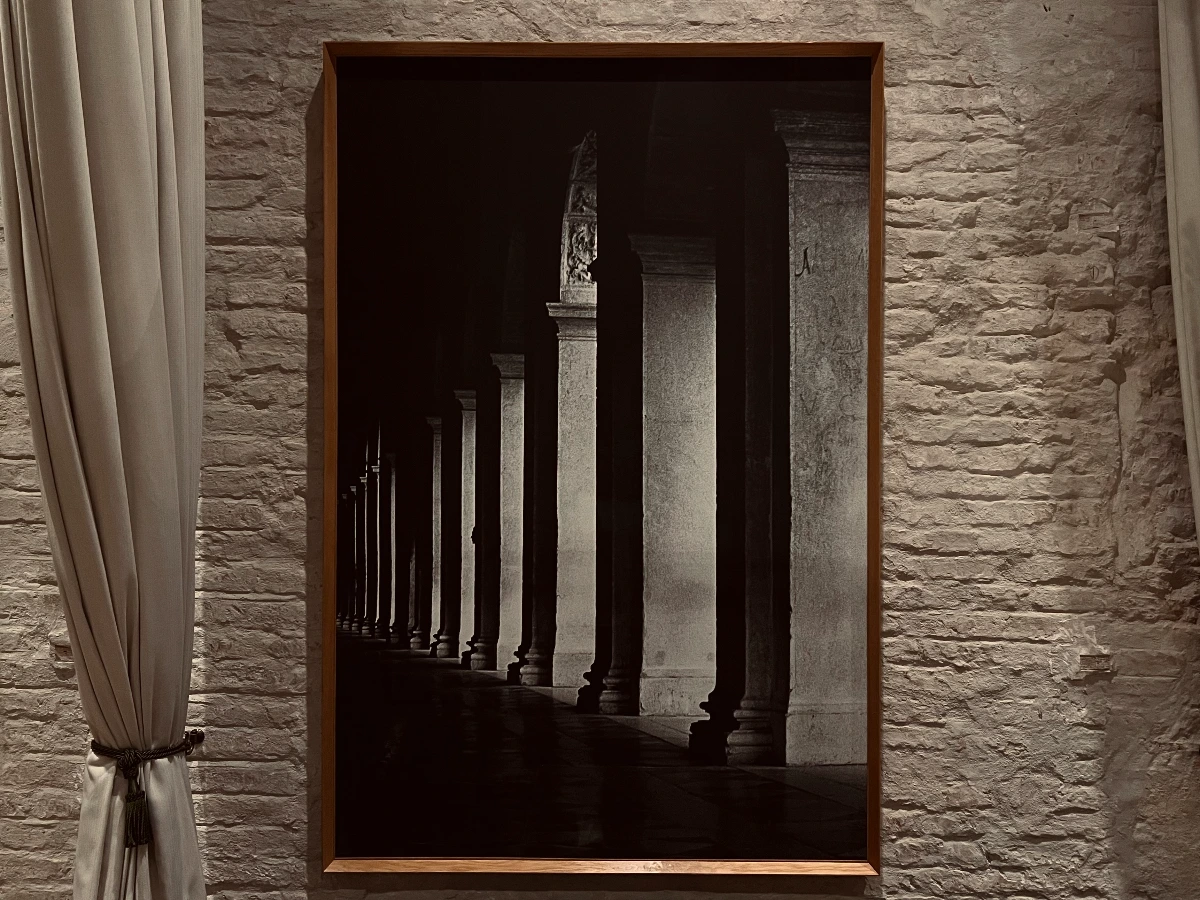
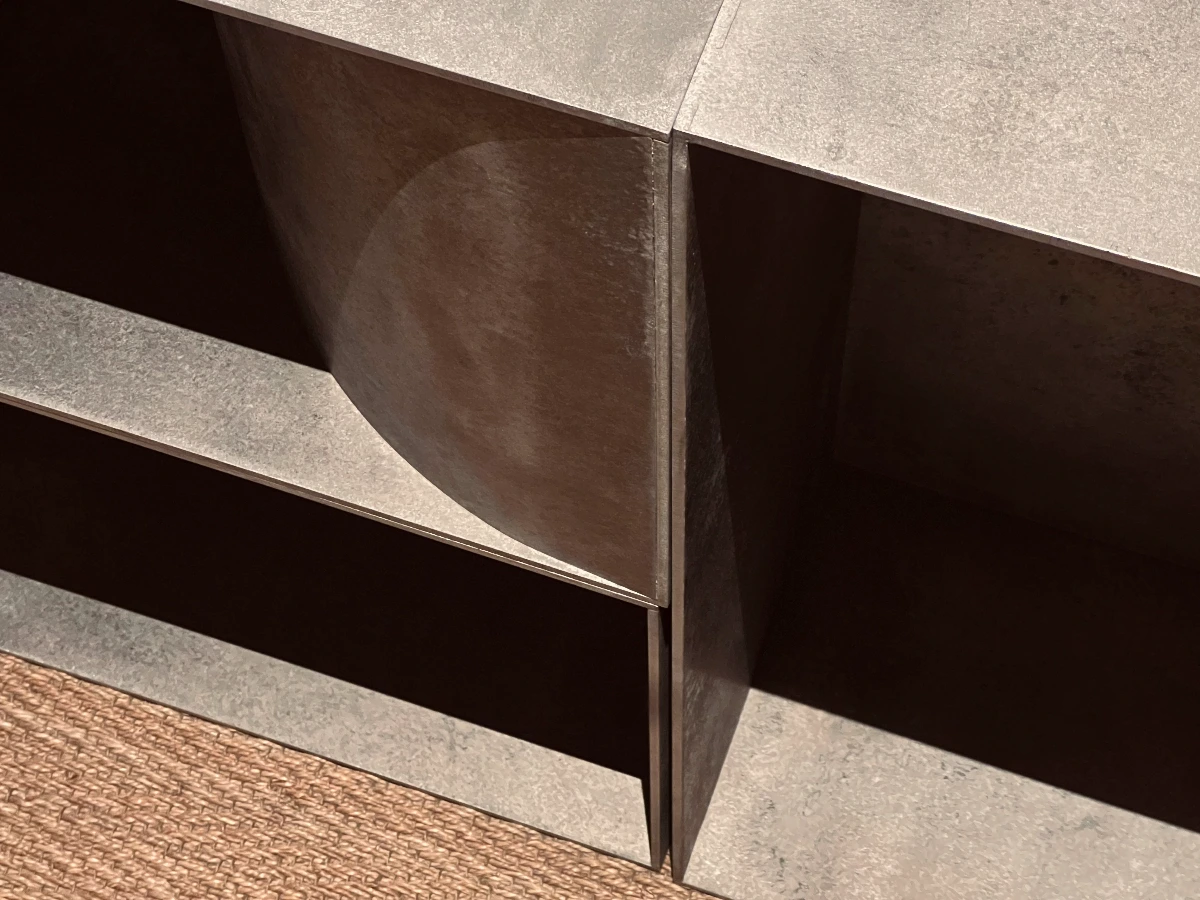
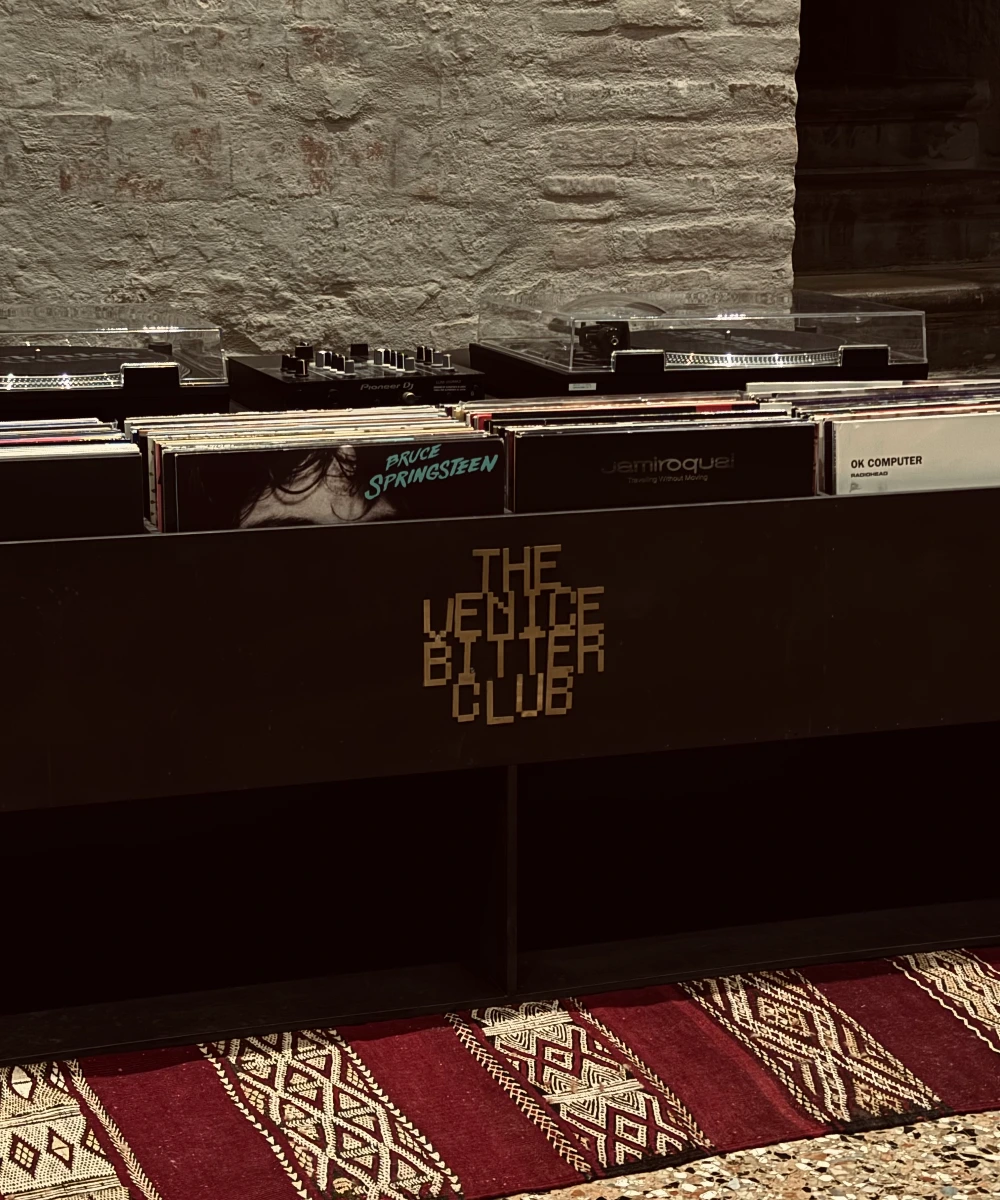
Felix Anima Spa: A Sensory Sanctuary Inspired by Post-Venetian Design
For their spa, Alessandro and Francesca avoided the usual array of color therapy showers and fragrance journeys. Instead, they’ve created a holistic refuge promoting mental and physical wellbeing. Felix Anima Spa is an immersive sanctuary where art and specialized treatments merge to foster both physical and spiritual wellness. “We collaborated with an artist to design the treatment room so that, when you receive a massage, you become part of the artwork,” they reveal.
Artist Victoria Zidaru, whose “Post Venetian” philosophy melds contemporary art and experiential design, conceived large woven structures extending floor-to-ceiling. Hundreds of aromatic herbs inside these columns release subtle fragrances, guiding visitors into a deeply evocative realm. Walls are lined with handwoven hemp embroidered with herbs harvested from the artist’s own garden.
Drawing inspiration from the ancient herbal treatise Ordo Virtutum by St. Hildegard of Bingen—whose messages are embroidered onto the fabrics—the spa offers highly personalized treatments in line with Victoria’s spiritual philosophy. Here, art serves as a conduit for peace, positive energy, and long-lasting mindfulness.
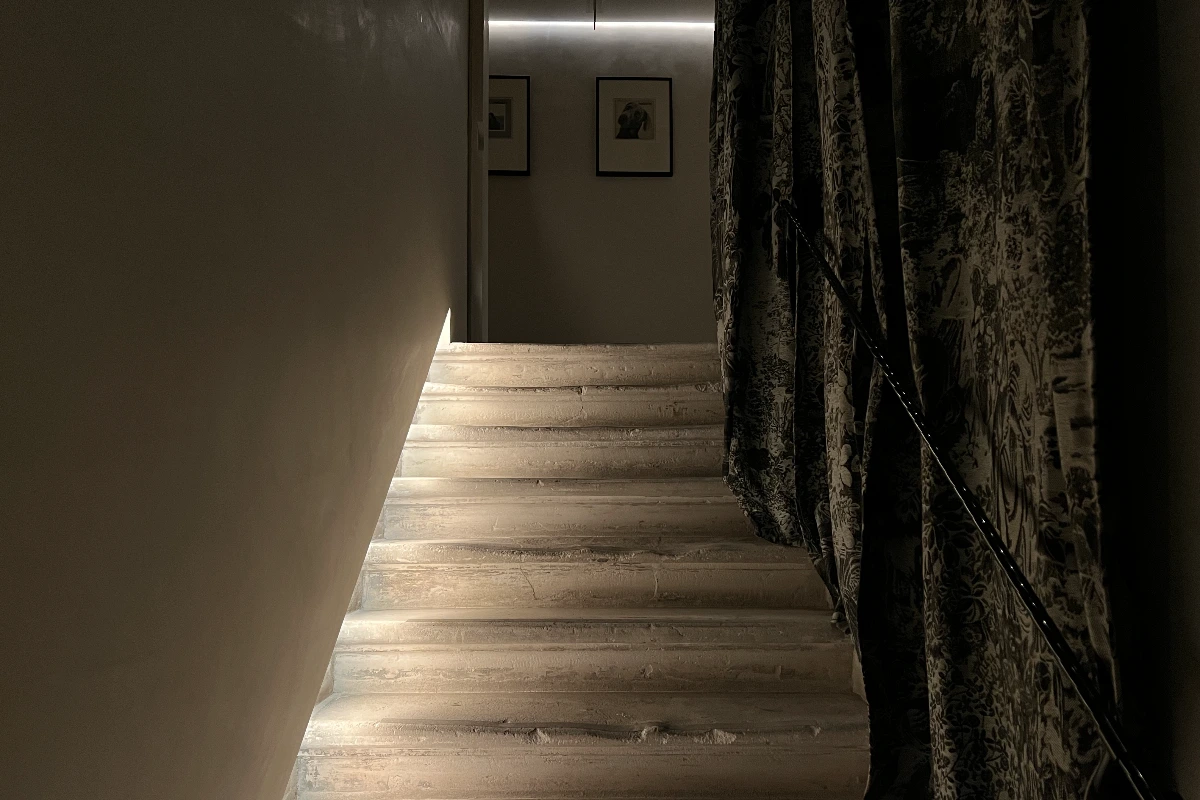
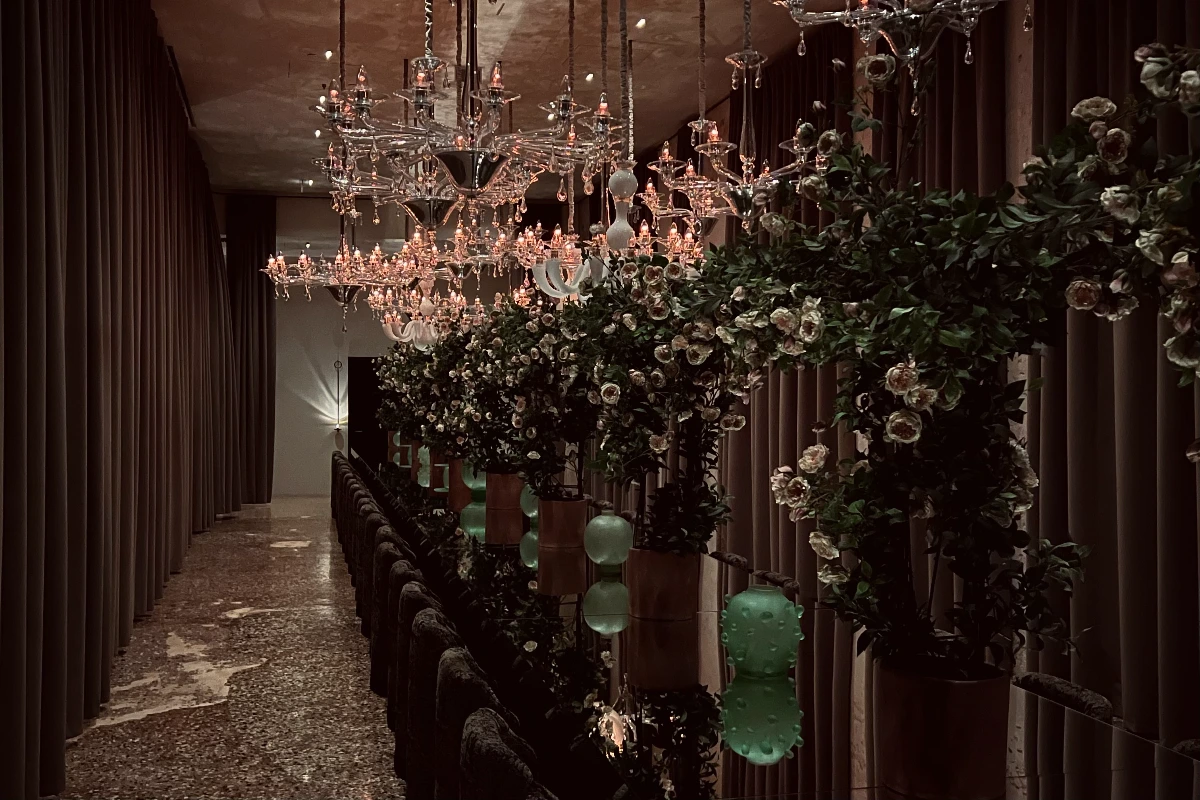
45 Unique Rooms: Personalizing the Venetian Experience
The Venice Venice Hotel features 45 distinct rooms, some as large as 2,150 square feet (about 200 square meters). The biggest suite is not only the hotel’s largest but also the largest in all of Venice. Some rooms are designed for privacy, while others foster cultural exchange, harking back to ancient Venetian marketplaces. The goal is to move away from standardization, offering a unique identity that resonates with guests.
“In total, we manage around 6,000 square meters. Parts of the hotel remain more intimate, allowing each guest to choose how they want to experience it. Overall, each space dialogues with the art pieces inside it. Take this window, for instance—the same view Canaletto famously painted from Rialto—now paired with a contemporary work by a world-renowned artist. Many objects here feel predestined for this setting, as if they’ve found their natural home.”
“Some of our guests even ask us to redesign their personal residences. When we speak of Venice, we imagine a city that has welcomed diverse influences for centuries; our mission is to continue that avant-garde tradition. We aim to create timeless, valuable pieces—possibly ones that will even increase in worth. It’s an approach that doesn’t fit neatly into standard hotel chains, but we believe every guest should find a place of cultural exchange here, enriched by art, design, and the thrill of discovery. We hope this contributes something meaningful to Venice, and to our country as a whole.”
Matteo Mammoli
